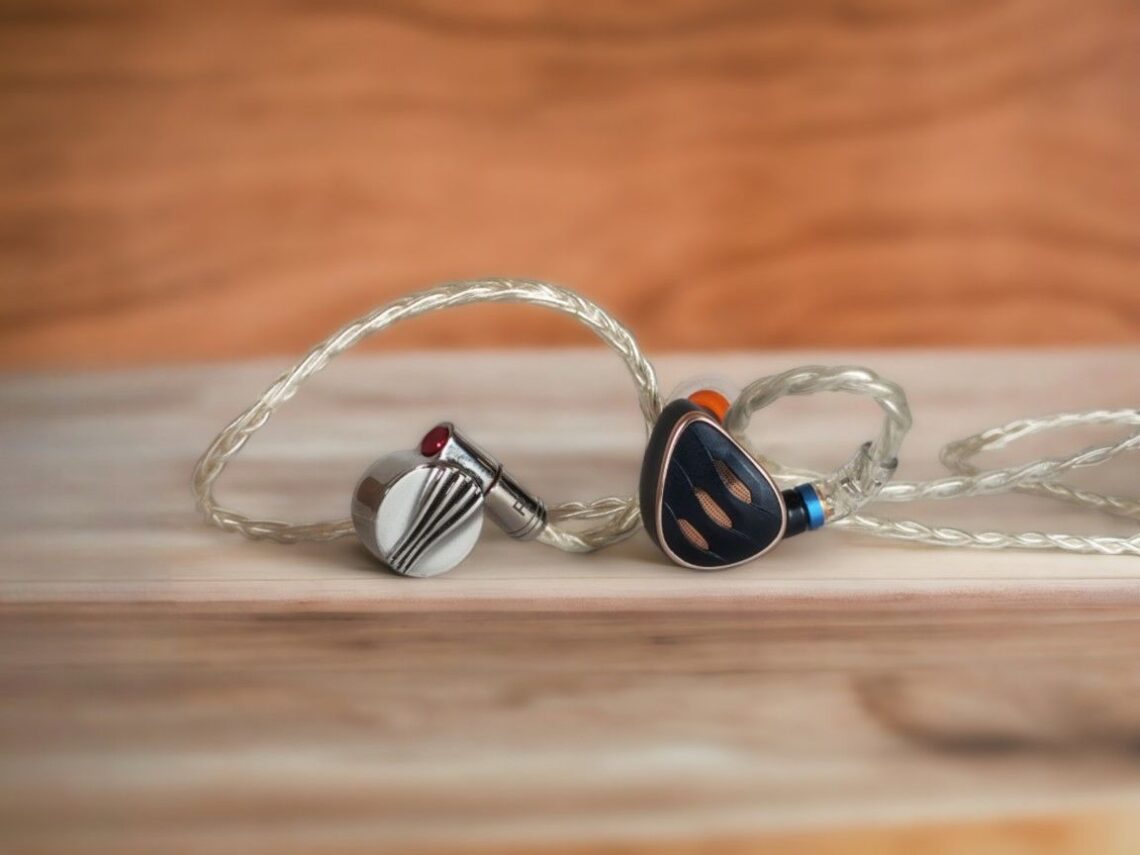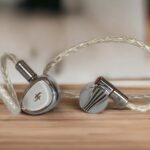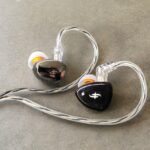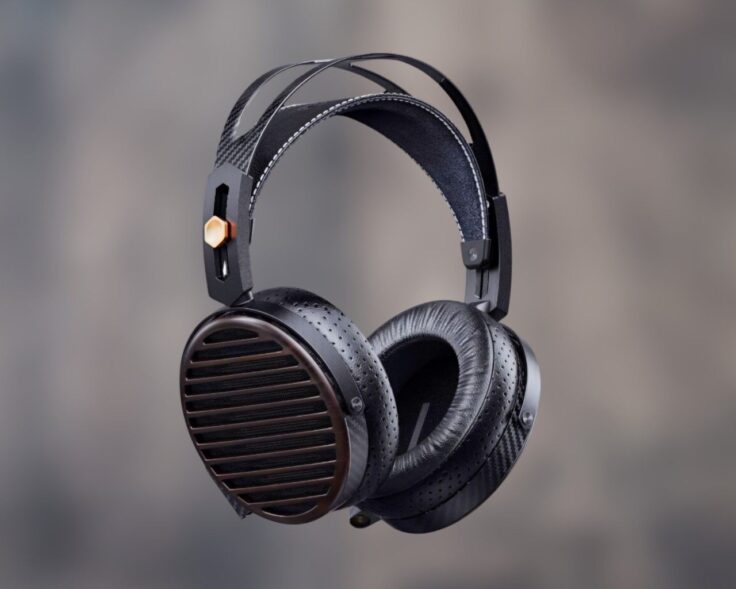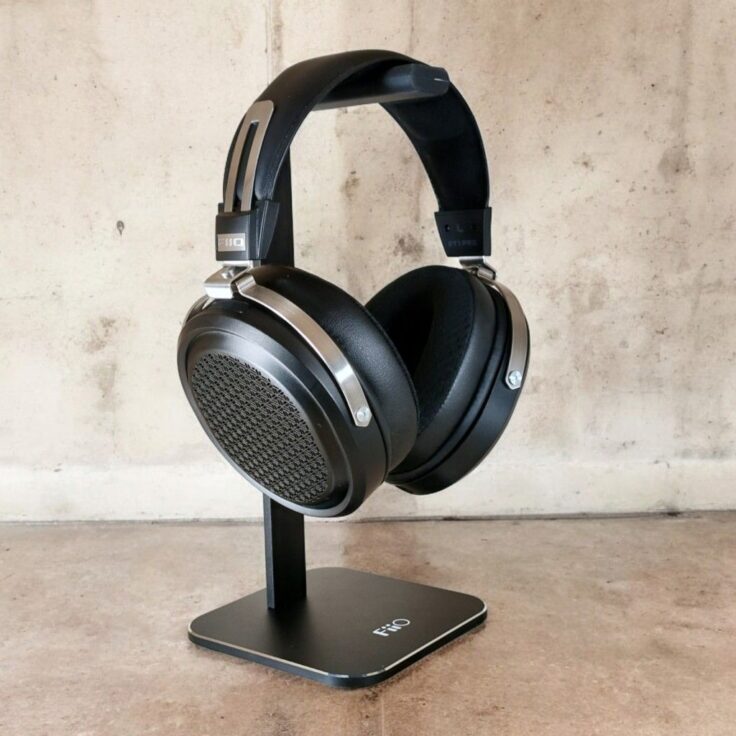These two IEMs from FiiO are both in the 2-300 USD price range, but they are quite different. They look different, they use very different driver setups, and they sound different.
The FiiO FH5S is a multiple-driver earphone, with four drivers per side. There’s a 12mm dynamic driver for the bass and a 6mm for the midrange, both with a beryllium-coated diaphragm. The treble is handled by two Knowles TWFK-30017 balanced armature drivers.
The FiiO FD5 is a 12 mm single dynamic driver earphone. The driver magnet has a magnetic flux of 1.5 Tesla, which is pretty high. The diaphragm is made of diamond-like carbon covered with beryllium for extra rigidity. The FD5 hit the market in 2021. It sits between the newer FD3 and FD7 in FiiO’s single dynamic driver IEM lineup.
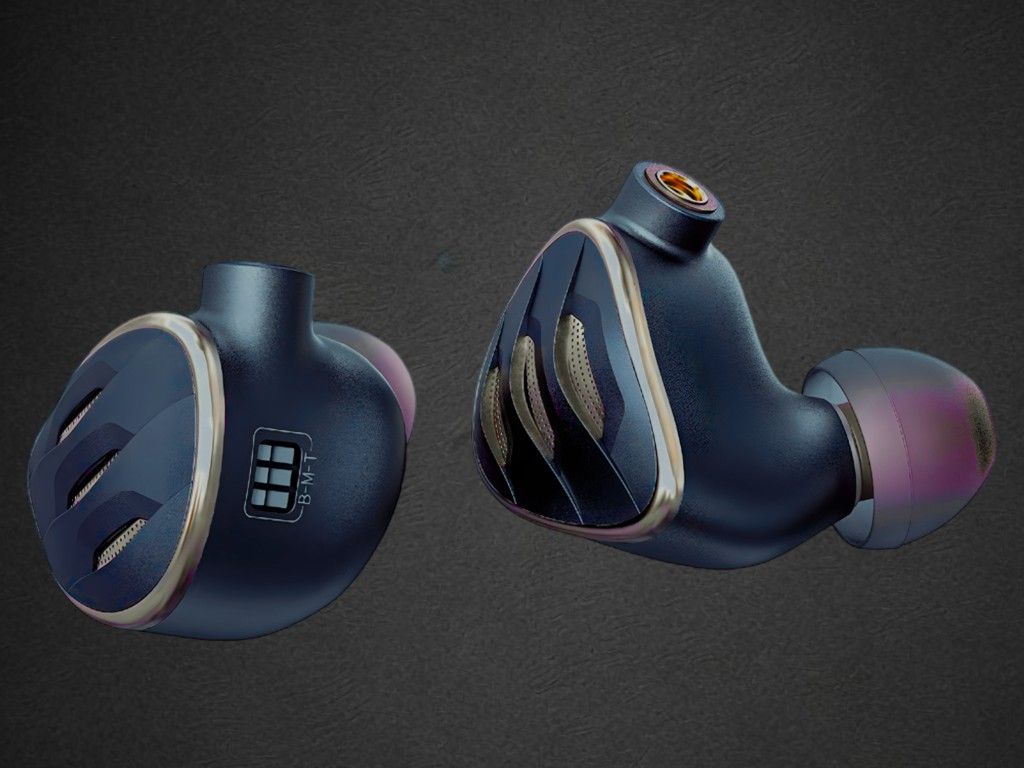
FiiO FH5S SPECIFICATIONS
- Drivers: 12 mm and 6 mm beryllium-plated diaphragm dynamic drivers, two Knowles TWFK-30017 compound balanced armature drivers
- Impedance: 40Ω (at 1 kHz)
- Sensitivity: 106 dB/mW
- Frequency Response: 10 Hz – 40 kHz
- Weight: approx. 8.8 g (single ear unit)
- Max Power Input: 100 mW
- Connector: MMCX
- Plug termination: 2.5/3.5/4.4 mm gold-plated plug
- Cable Length: 120 cm
Check the price here:
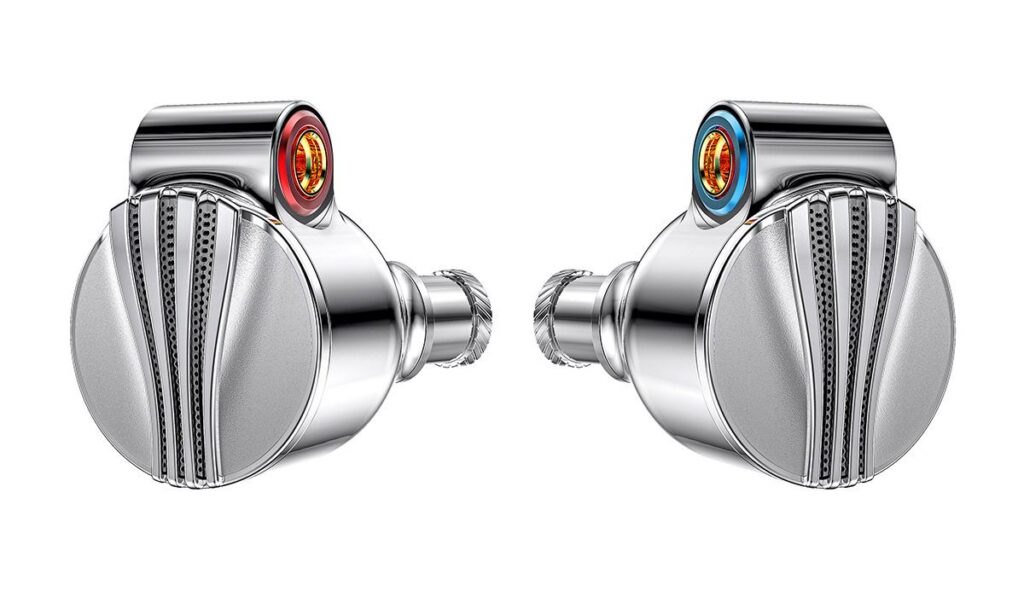
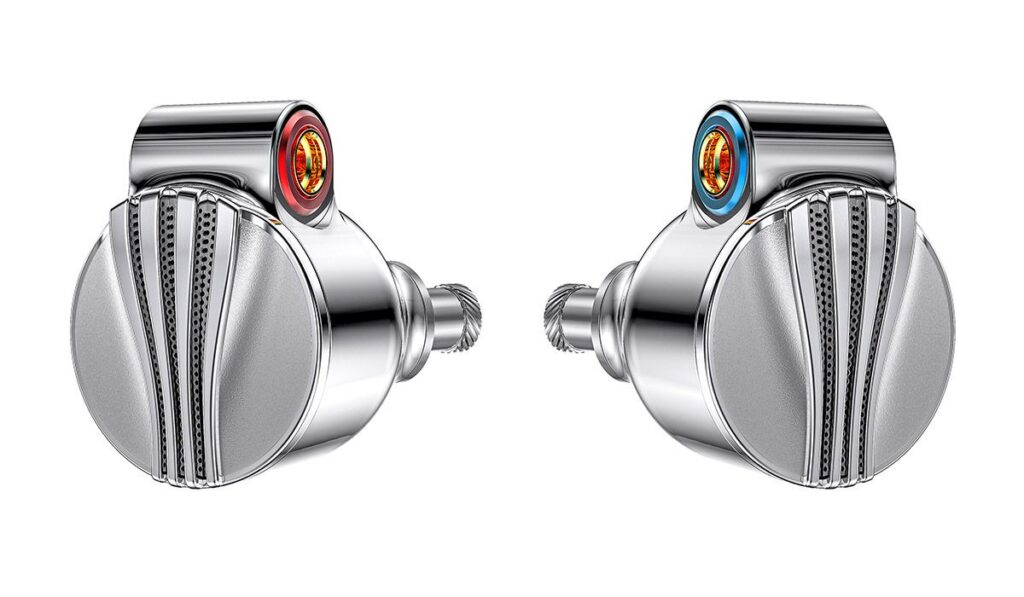
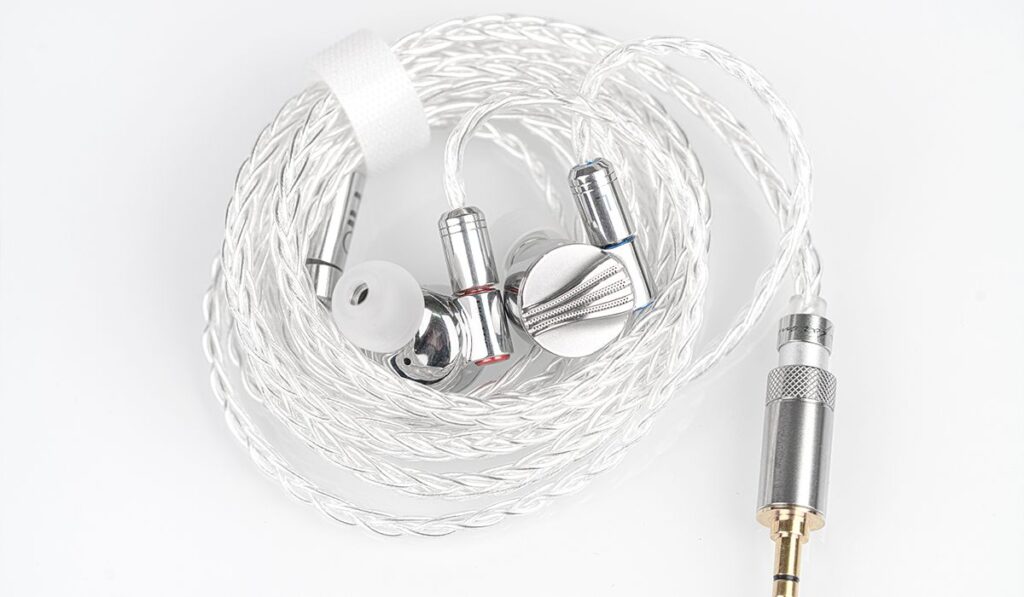
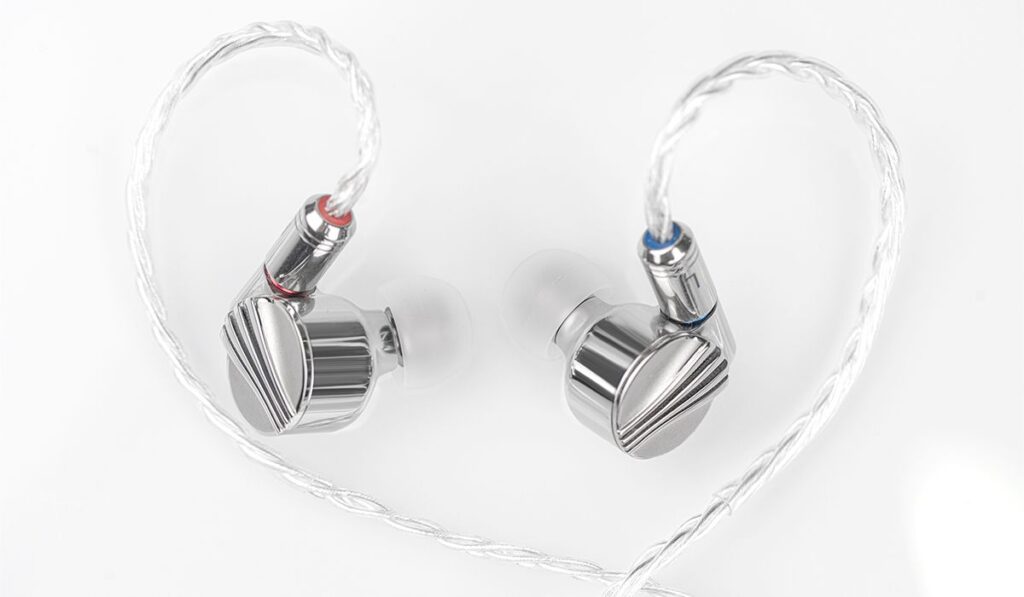
FiiO FD5 SPECIFICATIONS
- Driver: Single 12mm Beryllium-coated diamond-like carbon (DLC) dynamic driver.
- Frequency response: 10 – 40000 Hz
- Impedance: 32 Ohm
- Sensitivity: 109db/1mW
- Cable: 8 strands of monocrystalline silver-plated copper cable
- Cable length: 120cm
- Connector: MMCX
- Plug Terminations: 4.4 mm TRRS Balanced, 3.5 mm TRS Single-Ended, 2.5 mm TRRS Balanced
Check the current price:
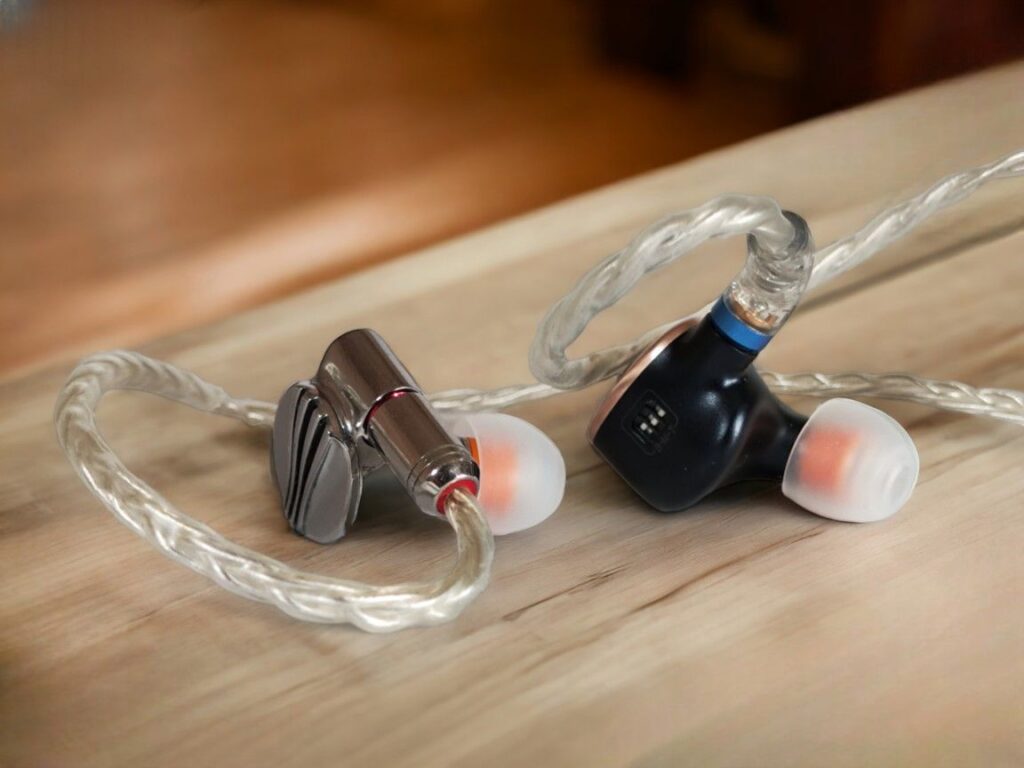
BUILD AND COMFORT
Both are well built and comfortable. The FD5 is smaller, but heavier. They both use MMCX connectors for their detachable cables and both come with the same nice storage/carrying case. They also both come with the same nice selection of ear tips. These are premium IEMs, and that’s how they feel.
COMPARISONS
Associated equipment: Topping A90 amplifier with the RME ADI-2 DAC FS as source. The RME sounds excellent by itself, but it’s more practical for me to use the Topping.
In the Mountains by Espen Eriksen Trio
With the FD5, the bass is very powerful and dominates the track. It is full-bodied and rounded, a bit bloomy. The piano is gentle, and the percussion is delicate. The soundstage is intimate, but the imaging is good.
The FH5S in stock setting is extremely different. The base is a lot less prominent in the mix, which is now dominated by the percussion and the piano. The sound stage is much more open.
Engaging the base switch on the FH5S, brings the sound presentation much closer to that of the FD5. The bass is stronger, but not as full as with the FD5; It is less bloomy. The piano is warmer-sounding than the stock tuning, and so is the general presentation. It feels more organic, but not as much as the FD5. The FH5S is still drier, more textured, and has a more open sound stage.
Jambi by Tool
With the FD5, the base is powerful; the guitars are warm-sounding but not as textured, aggressive, and crisp as I have heard them. Vocals stand out nicely.
The FH5S has a lot less bass in the stock setting, and the guitars are a lot more aggressive sounding. Everything is drier and crisper.
Engaging the base switch increases the bass in a very nice way and also brings the vocals more up front in the mix.
Walk It Back by The National
Starting with the FD5, on this indie rock song, the male vocals are very full and warm sounding. The presentation is warm and organic, well-rounded, with no hint of brightness, yet wonderfully detailed.
With the FH5S in its stock tuning, the bass is a lot less prominent; the vocals are in the center. It sounds good, with lots of texture and detail.
When you engage the base switch, the sound is warmer and less bright and crisp, but in a nice way. Again, the switch is taking the FH5S in the direction of sound of the FD5.
Sunrise by Norah Jones
The FD5’s bass is powerful and well defined. The female vocals are truly magical, and the guitar and the piano have just enough crispness.
With the FH5S in stock setting, everything is a lot crisper and, in many ways, clearer. I do not find that there is more detail, but it is more pronounced and articulated. There is also a drier timbre.
The dryness is significantly reduced when I engage the base switch. The presentation gets suitably warmer without losing anything.
Young Vivaldi Violin Concerto RV 813 III by Ensemble Modo Antiquo
Starting with the FD5, this sounds delicious in a very natural and organic way. It is detailed, but everything is subtle; nothing sounds artificially exaggerated.
The FH5S sounds completely different in the stock setting. It is much brighter and crisper. There is a lot of texture, and the details are much more pronounced.
When I engage the bass switch, I find it to sound much better. It is more organic and natural, with more warmth and body, without losing much of the texture and detail.
As you can probably tell, I have constantly preferred the FH5S with the bass switch activated. When I listen to it by itself, I occasionally prefer the stock setting, but when I compare it to a warm and organic-sounding earphone like the FD5, the difference between them gets too big with the stock setting on the FH5S to appreciate it. Thus, I will continue with a few more tracks, but only use the FH5S with the bass switch activated.
Keep Distance by Magnus af Uggla
This slow guitar-based jazz/rock instrumental sounds wonderfully warm and organic with the FD5. The midrange is delicious, and the bass is full. The treble is detailed but not very crisp or bright.
The FH5S with the bass switch activated sounds more open and less warm. It is crisper, and the details are more articulate in a textured way.
It Could Be Sweet by Portishead
The FD5’s bass sounds quite thick and full. The vocals are beautiful as always; the percussion is detailed, but the treble is laid back.
The FH5S, with the bass switch activated, sounds a lot more open and spacious. The vocals are thinner-sounding, and the bass is less prominent but has better texture. The percussion is crisper, and the general presentation is brighter.
Escape Route by Boris Blank
Again, the FD5 is warm and delicious, with a full bass, very present mids, and a smooth high end. The FH5S has a much more crisp and spacious delivery.
Brahms Symphony No. 2 – III by Paavo Järvi
The FD5 sounds surprisingly spacious with this symphonic piece, and the instruments are rendered with very natural timbre and great separation. The FH5S is even more spacious, a little drier, and crisper. Both are very detailed.
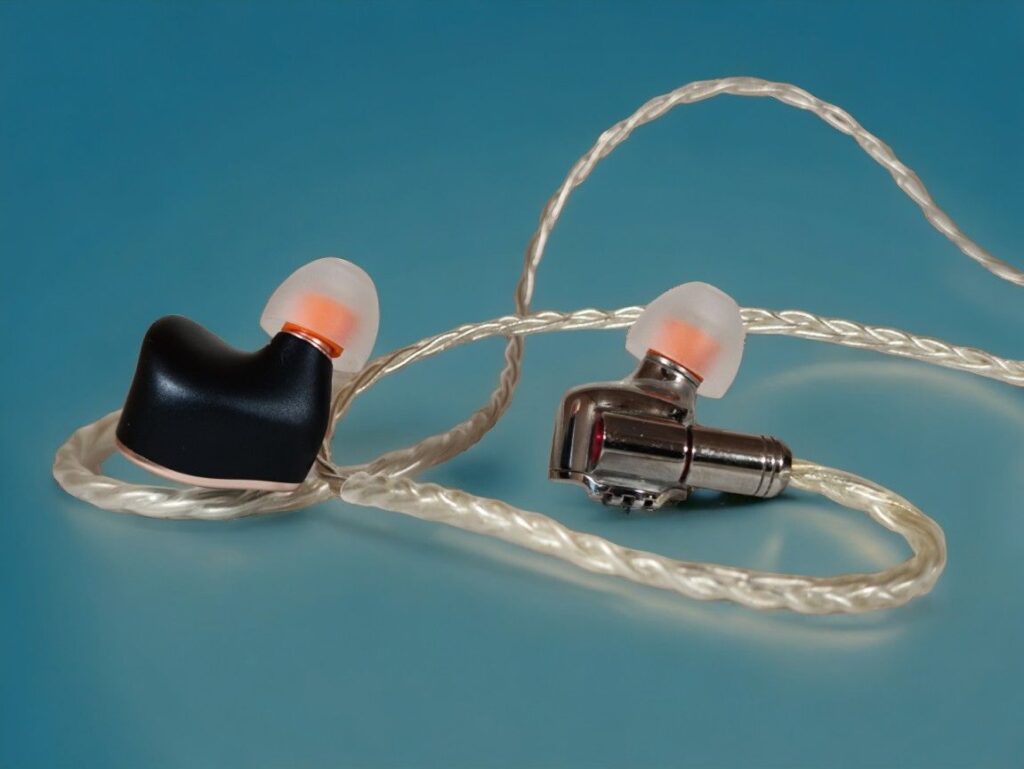
WRAPPING IT UP
Sound Signature
The FH5S and the FD5 have very different sound signatures. The FD5 is thick, warm, smooth, and lush, with more bass and midrange presence. The FH5S offers crisper highs, and more textured midrange and bass with less presence.
Treble
The FH5S is much brighter, even when the bass switch is activated. I found that the detail level is quite similar, but they render details in different ways. The FD5 is smooth, liquid, and organic; the FH5S is crisper and offers more texture.
Midrange
Personally, I find that the midrange is absolutely fantastic with the FD5. It is very present and sounds extremely natural and musical. There is nothing wrong with the FH5S; it sounds good but less full and warm. It’s crisper and more textured. With the stock setting, it often comes off as a bit dry, but with the bass switch activated, it’s very nice.
Bass
The bass is also meatier with the FD5. It is full bodied, warm, powerful, and has some bloom. It is not super tight, but I find that it still has lots of detail. However, in this comparison, I find the bass to be the strong point of the FH5S. It is tighter and better defined, with more texture and less bloom.
Soundstage and Imaging
The FD5 has a relatively intimate sound stage. Orchestral music sounds quite open, but with less spacious recordings, it sounds very intimate. The FH5S always sounds more airy, with a wider and taller soundstage. When it comes to image depth, I find the FD5 to be very good, and in terms of imaging, I find it a bit more precise than the somewhere more diffuse imaging of the FH5S.
Detail, Dynamics and Timbre
These are both very detailed earphones. The FD5 presents detail in a very liquid and organic manner, while the FH5S has a crisper and more textured sound.
They are also both capable of delivering great dynamics. I do, however, perceive the FD5 as having a more dynamic sound. It offers higher dynamic contrast both in terms of macrodynamics and microdynamics.
When it comes to timbre, there is a really large distinction. The FD5 is rich, lush, and organic; the FH5S is crisp, tight, and textured. Personally, I find that the FD5 sounds more natural, but I am usually a fan of warm sounding earphones, and especially with the bass switch enabled, I can definitely understand someone preferring the FH5S.
Tuning Options
The FD5 comes with two nozzles: a normal and a bass-enhancing narrow barrel nozzle. I do not see any need for more bass than the normal nozzle offers.
The FH5S comes with three tuning switches. There are, however, only two settings I find to work well: the stock tuning with all switches off and the bass tuning with only the bass tuning switch activated. The bass switch makes the sound warmer and more dynamic, and I prefer to have it activated most of the time. This might however depend on the tips you are using.
Both earphones have, of course, replaceable tips. They can affect the sound to some degree. So will the shape of your ear canal.
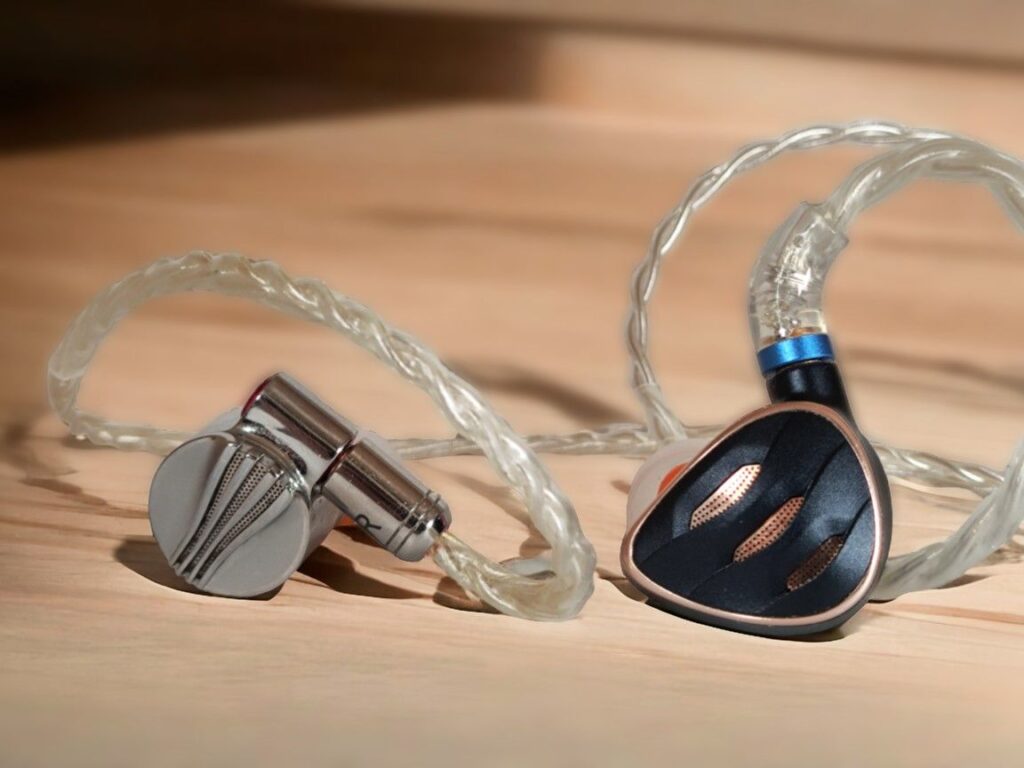
CONCLUSION
With these two earphones, FiiO has created distinctly different listening experiences. They have very different construction and design but are on the same price level. Both are great, but they’re great in different ways. The FD5 is thicker, lusher, and smoother. The FH5S is more articulate and tighter, more textured and crisper. Personally, I’m prone to preferring warm and lush sound signatures and tend to like the FD5 even more than the FH5S.
I’m conclusion, they are both highly capable and enjoyable, and I could live quite happily with either one. Having them both would be even better, they’re perfect complements to each other.
You can support us by getting the FH5S (or anything else) with these links:
Or the FD5 with these:
Any purchase you make on Amazon or Linsoul with any of our affiliate links will give us a small provision at no cost to you.
We only get a provision for items that are not returned, so there’s no incentive for us to recommend something that’s not good.
Linsoul : Headphones, Earbuds, Wireless Earbuds, Desktop DAC/AMP, Portable DAC/AMP, Digital Audio Players,
Amazon: Headphones, IEMs, Headphone Amplifiers, Home Audio or Anything else.
.
If you enjoyed this article or other content on The Headphoneer, you might consider leaving a small donation to keep this website up and running. No donation is too small. Thanks for supporting us!
If you like our work please follow us on Instagram, Facebook and Twitter , it will help us grow. Sharing is caring 🙂


